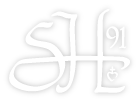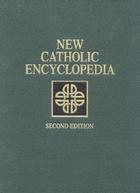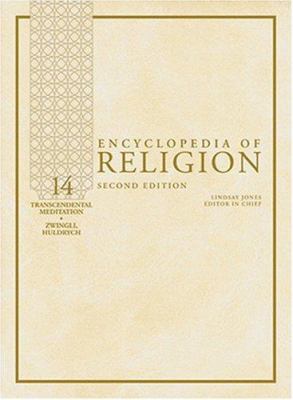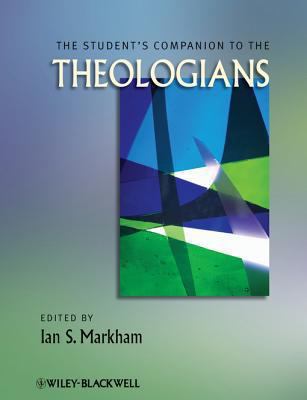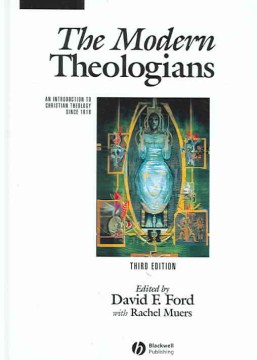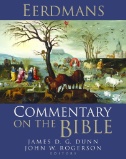11th Grade Theology Research
 Processing Request
Processing Request
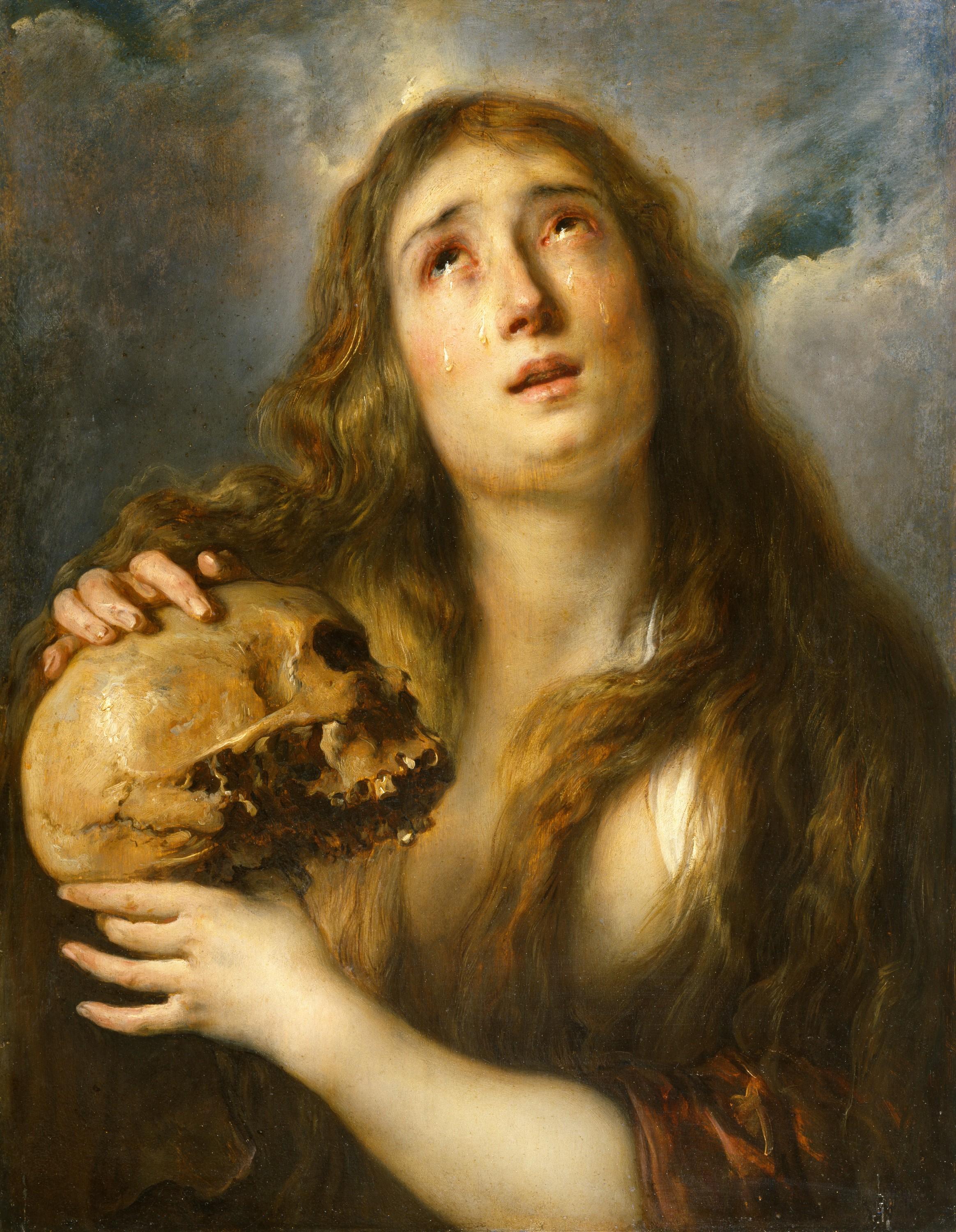
Artist: Style of Anthony van Dyck, Flemish, 1599-1641, and Artist: Jan Boeckhorst(?), Flemish, 1605-1668. Mary Magdalene. oil on panel, ca. 1650. The Walters Art Museum; Acquired by Henry Walters with the Massarenti Collection, 1902; 37.372; Don Marcello Massarenti Collection, Rome; Henry Walters, Baltimore, 1902, by purchase; Walters Art Museum, 1931, by bequest.; http://thewalters.org, JSTOR, https://jstor.org/stable/community.15696963. Accessed 7 Mar. 2024.
- Liturgy (mass)
- Ritual / ceremony/ celebration
- Sacrifice/ animals /offerings
- Confession/ reconciliation
- Anointing/baptism/bath/washing
- Confirmation
- Marriage
- Procession
- Fast(ing)
- Festivals
- Pilgrimage/ shrines/
- Apparitions/ miracles
- Funeral (e.g. requiem – mass for the dead)
- Communion/ host
- Blessing/grace
- Light/lamp
- Heaven/hell
- Fruit
- Supper/food/eating
- Blood/bleeding
- Doors/ doorways/ gate
- Dogs / dolphin/ fish
- Fire/ flame
- Flood/ water
- Dove / Holy Spirit
- Lamb
- Body/flesh/face/eye/breast
- Blindness
- Coin
- Heart
- Bride (groom)
- Desert
- Hero
- Foolishness of the divine
A research question is a question around which you center your research. It should be:
-
Clear: It provides enough specifics that one’s audience can easily understand its purpose without needing additional explanation.
-
Focused: It is narrow enough to be answered thoroughly in the space the writing task allows.
-
Concise: It is expressed in the fewest possible words.
-
Complex: It is not answerable with a simple “yes” or “no,” but rather requires synthesis and analysis of ideas and sources before the composition of an answer.
-
Arguable: Its potential answers are open to debate rather than accepted facts.
You should ask a question about an issue that you are genuinely curious and passionate about.
The above information is used with permission from The George Mason U Writing Center.
These are the sections of a paper/article you should read first:
- The Abstract — If provided, this section of a paper gives a general overview of the paper’s content. It’s good to start here first, to sort of “seed” the ideas and concepts of the paper into your head.
- The Introduction — Like the abstract, this segment gives you the general overview and setting of the paper. Sometimes you’ll find brief descriptions of key concepts or phrases, which are always a big plus to go through. These can help you use other keywords to search for articles.
- The Conclusion /Discussion — This the section of the paper where the hypothesis is either accepted or rejected. More often than not reading the conclusion can help you decide if you want to spend your time reading the paper or not if you are looking for a specific method of doing something.
If you read these 3 sections first, you will find that you’ll be able to have a better sense of what’s going on in the paper. Especially in the technically heavier parts like the Methods section. You’ll also be able to decide if this paper is something that is truly relevant to what you are looking for.
When you encounter something you don’t understand, there are 2 things you can do:
- Plow right through the unknown word or term. If it’s something important, you’ll most likely be able to derive it’s meaning through the context in which is used in. Make a list of each word/term that you don’t understand. You can always come back to it later. This method prioritizes speed.
- Pause and look-up the meaning of the word. Do this after deciding the paper will give key insights on a specific area. This method prioritizes understanding.
Don't Ignore the References!
Read papers from the references. As you read more and more papers from a particular subject area, you’ll start to realize that a few common titles would appear more than once.
Finding and reading these papers often boost your understanding of the subject as a whole much more than compared to randomly picking papers to read. Also, you will add to your sources.
Lee, James. "How to Read Academic Papers without Freaking Out." Medium, 29 Dec. 2017, medium.com/ai-saturdays/how-to-read-academic-papers-without-freaking-out-3f7ef43a070f#:~:text=Be%20Curious,as%20truth%20and%20accept%20them. Accessed 8 Sept. 2020.
- A partnership of academic and research institutions, offering a collection of millions of titles digitized from libraries around the world
- Internet Archive is a non-profit library of millions of free books, movies, software, music, websites, and more
- Project Gutenberg is a library of over 60,000 free eBooks
- Used to locate library books around the word.
Gale in Context: Biography (mixed content)
Gale in Context: Global Issues (mixed content)
Gale in Context Opposing Viewpoints (mixed content)
SIRS Issues Researcher (original content)
World Religions: Belief, Culture, and Controversy (original content)
New York Public Library Website
ATLA Religion Database with ATLA Serials (Only Available at NYPL)
Credo Reference
Oxford Reference Online
Project Muse (contains journals and books)
ProQuest Research Library
Sage Knowledge (Only Available at NYPL)
University Press Scholarship Online
NYPL.org
NYPL Library Card Needed for book checkout
Stephen A. Schwarzman Building
476 5th Ave. (42nd St and 5th Ave.)
(917) 275-6975
ATLA Religion Database with ATLA Serials (Only Available at NYPL)
Project Muse (contains journals and books)
Sage Knowledge (Only Available at NYPL)
United States Conference of Catholic Bishops
The United States Conference of Catholic Bishops (USCCB) is an assembly of the hierarchy of bishops who jointly exercise pastoral functions on behalf of the Christian faithful of the United States and the U.S. Virgin Islands.
Education for Justice
Education for Justice is a global digital subscription membership service that provides resources for those who wish to study, teach, and practice Catholic social tradition. We offer members access to a growing library of thousands of text-based and multimedia resources, a monthly e-newsletter, and other benefits to help them approach the world’s headlines from the perspective of Catholic social tradition.
A project of the Ignatian Solidarity Network
The Holy See, Vatican
Visiting the official website of the Holy See one can browse: the Magisterium of the Supreme Pontiffs (from Pope Leo XIII to Pope Francis); the fundamental texts of Catholicism in various languages (the Sacred Bible, the Catechism of the Catholic Church, the documents of the Second Vatican Council and the Code of Canon Law); the documents of Dicasteries, Bodies and Institutions of the Roman Curia
Connect your topic to the bible, to scripture
Try the Oxford Encyclopedia of the Bible series found in Oxford Reference
Search the entire database, or use each of these encyclopedias individually
- scroll down below the summary of the book, and
- either browse alphabetically or
- use the "Search within work" box
![]()
- author names found at the very bottom of article
- in NoodleTools these are cited as a Database and Reference Source
Oxford Encyclopedia of the Bible and Law
Oxford Encyclopedia of the Bible and Theology
Oxford Encyclopedia of the Bible and Ethics
Oxford Encyclopedia of the Bible and Gender Studies
Oxford Encyclopedia of Biblical Interpretation
Oxford Encyclopedia of the Bible and Archaeology
Author.
Begin the entry with the author’s last name, followed by a comma and the rest of the name, as presented in the work. End this element with a period.
Title of source.
The title of the source should follow the author’s name. Depending upon the type of source, it should be listed in italics or "quotation marks."
A book should be in italics:
Henley, Patricia. The Hummingbird House. MacMurray, 1999.
A website should be in italics:
Lundman, Susan. "How to Make Vegetarian Chili." eHow, www.ehow.com/how_10727_make-vegetarian-chili.html.*
A periodical (journal, magazine, newspaper) article should be in quotation marks:
Bagchi, Alaknanda. "Conflicting Nationalisms: The Voice of the Subaltern in Mahasweta Devi's Bashai Tudu." Tulsa Studies in Women's Literature, vol. 15, no. 1, 1996, pp. 41-50.
A song or piece of music on an album should be in quotation marks:
Beyoncé. "Pray You Catch Me." Lemonade, Parkwood Entertainment, 2016, www.beyonce.com/album/lemonade-visual-album/.
Title of container,
MLA 8 refers to containers, which are the larger wholes in which the source is located. For example, if you want to cite a poem that is listed in a collection of poems, the individual poem is the source, while the larger collection is the container. The title of the container is usually italicized and followed by a comma, since the information that follows next describes the container.
Other contributors,
In addition to the author, there may be other contributors to the source who should be credited, such as editors, illustrators, translators, etc.
Version,
If a source is listed as an edition or version of a work, include it in your citation.
examples:
3rd ed.,
Authorized King James Version
Number,
If a source is part of a numbered sequence, such as a multi-volume book, or journal with both volume and issue numbers, those numbers must be listed in your citation.
Journal example:
vol. 15, no. 1,
Multivolume book:
When citing only one volume of a multivolume work, include the volume number after the work's title, or after the work's editor or translator.
Quintilian, James. Institutio Oratoria. Translated by H. E. Butler, vol. 2, Loeb-Harvard UP, 1980.
Publisher,
The publisher produces or distributes the source to the public.
Publication date,
When the source has more than one date, use the most recent date.
Location. (Only use the city of publication if the book was published before 1900)
Formatting the First Page of Your Paper
- In the upper left-hand corner of the first page, list your name, your instructor's name, the course, and the date, use double-spaced text.
- Double space again and center the title. Do not underline, italicize, or place your title in quotation marks; write the title in Title Case (standard capitalization), not in all capital letters.
- Use quotation marks and/or italics when referring to other works in your title, just as you would in your text: Fear and Loathing in Las Vegas as Morality Play; Human Weariness in "After Apple Picking"
- Double space between the title and the first line of the text.
- Create a header in the upper right-hand corner that includes your last name, followed by a space with a page number; number all pages consecutively with Arabic numerals (1, 2, 3, 4, etc.), one-half inch from the top and flush with the right margin. (Note: Your instructor or other readers may ask that you omit last name/page number header on your first page. Always follow instructor guidelines.)
